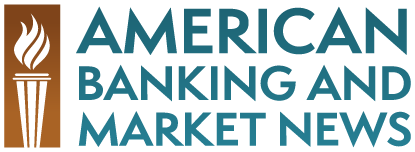Filing bankruptcy in the United States is a means for those that are over their head and debt to get a financial restart. The impression that many have is that those that file bankruptcy end up not paying any of their debt and walk away with a clean slate that is usually not the case. Because of the 2005 bankruptcy reform law, people are more often put into Chapter 13 bankruptcies in which they are given better terms and still have to pay a good chunk of their debt. It’s increasingly rare that Chapter 7 bankruptcies, in which a debtor’s debts are completely wiped away, are approved by bankruptcy courts.
In the United Kingdom, bankruptcy law has provisions for two analogous programs for debtors that have far more debt that they can handle. Borrowers can file bankruptcy, but there’s also an option called an individual voluntary agreement or IVA which is more comparable to a Chapter 13 bankruptcy then a Chapter 7 bankruptcy.
The provision of an IVA was established by the of the Insolvency Act 1986. An IVA itself is an agreement between a borrower and his or her creditors that includes a plan for the borrower to repay his or debt.
A borrower hoping to get an IVA will typically start out by seeking the advice of an insolvency practitioner, who helps the borrower propose the IVA to the borrower’s creditors. Typically the practitioner will help determine whether or not the borrower’s financial situation is appropriate for a n IVA, or whether or not a less stringent debt management plan is appropriate. Sometimes the practitioner will suggest that bankruptcy is a more appropriate option for the borrower, depending on how much debt they have compared to their income and assets.
After the borrower’s IVA is ready to be proposed to creditors, a chairman will hold a meeting between a borrower and his or her creditors. Often, the creditors will ask for changes to the proposal at that meeting, such as restricting the borrower from getting credit after the IVA. Once the IVA is approved, the insolvency practitioner will become the supervisor of the IVA and manage the repayment process.



